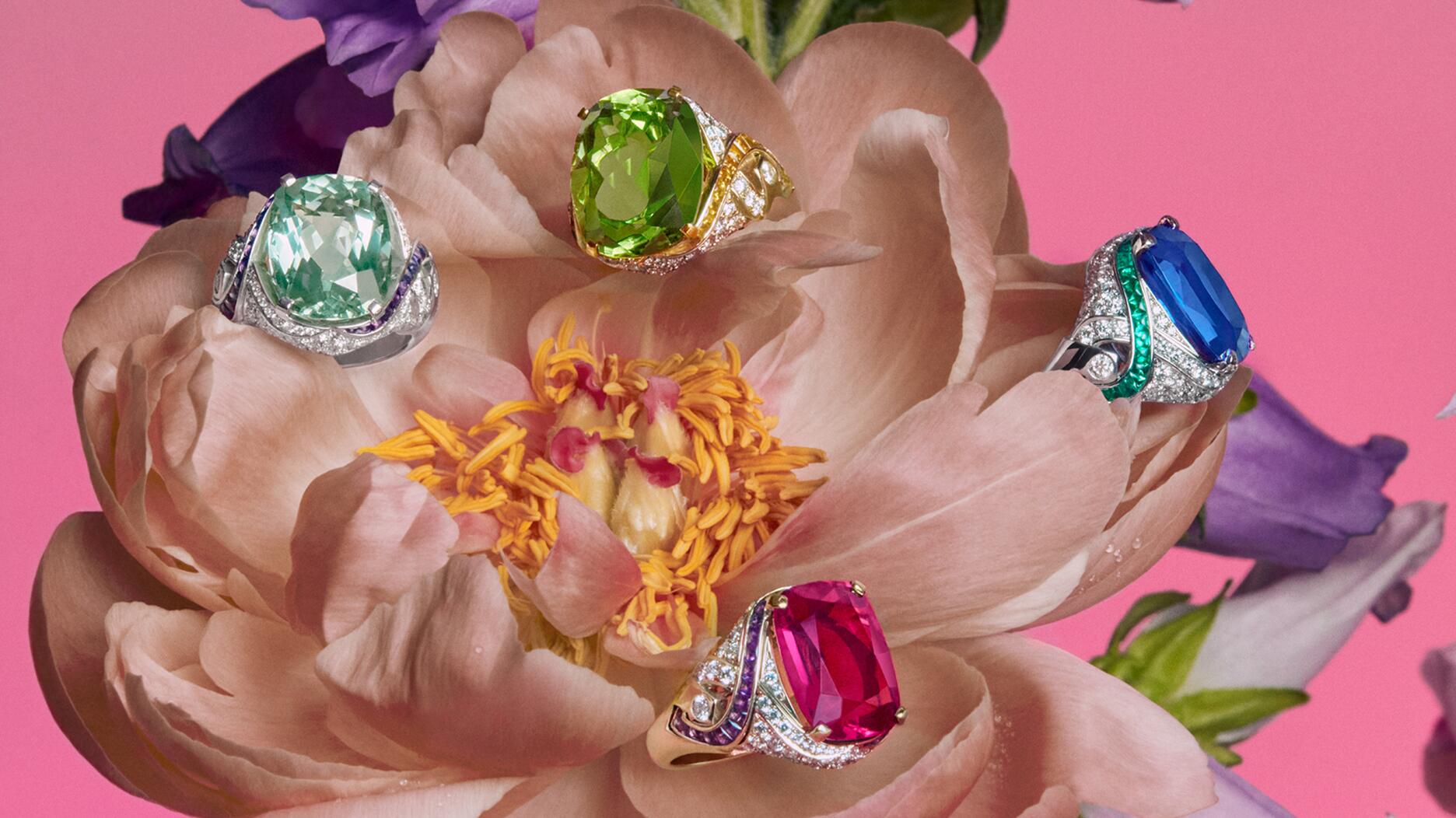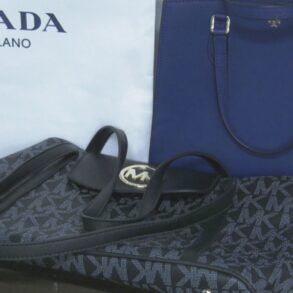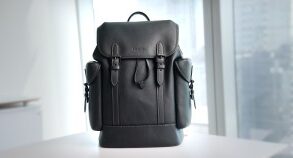
Declining demand for luxury handbags and its wine and spirits dragged down its results.
The luxury conglomerate noted softening luxury sales worldwide, highlighting the United States and Europe in particular.
Here are four notable takeaways from the company’s most recent earnings report.
LVMH put on a so-so third quarter performance but saw growth in the first nine months of the fiscal year.
LVMH reported revenue growth of 1 percent year-over-year (9 percent on an organic basis) to €19.96 billion ($21.14 billion) in the third quarter.
Its fashion and leather goods division posted slower growth in the quarter compared with its double-digit jump in Q2.
Its wine and spirit sales tumbled, which it attributed to demand waning post-COVID and a tougher U.S. market, especially for cognac sales.
Its balance sheet was brighter for the first nine months, with revenue up 10 percent (14 percent on an organic basis) to €62.21 billion ($65.9 billion).
Jewelry and watch sales faltered in Q3.
In the third quarter, revenue in the watches and jewelry segment was down 5 percent year-over-year to €2.52 billion ($2.67 billion) on a reported basis but up 3 percent on an organic basis.
In the first nine months, revenue in the category totaled €7.95 billion ($8.42 billion), up 5 percent (9 percent on an organic basis).
Its jewelry portfolio includes Bulgari, Chaumet, Repossi, Fred, and Tiffany & Co.
After the reopening of Tiffany’s New York flagship, dubbed “The Landmark,” the brand continued to revamp its store network, opening two new stores in Tokyo.
Its new “Lock” collection continued its worldwide rollout. It also launched the second part of the “Blue Book: Out of the Blue” high jewelry collection.
Bulgari, which has been celebrating the 75th anniversary of its “Serpenti” collection, saw “strong growth,” said LVMH.
To honor the milestone, it held a new exhibition in Dubai, following shows in Shanghai, New York, and Seoul.
Bulgari’s recently launched “Mediterranea” high jewelry collection put on an “outstanding performance,” said LVMH.
Chaumet held its “A Golden Age: 1965-1985” retrospective exhibition at its 12 Vendôme location in Paris while Fred debuted “Audacious Blue,” the brand’s first lab-grown blue diamonds.
Both brands saw strong growth, the company said.
As for watches, TAG Heuer opened a flagship store in New York while Hublot served as the official timekeeper for the FIFA Women’s World Cup in Australia.
Zenith launched its limited-edition “Defy Chroma” collection.
U.S. sales growth was also muted.
U.S. sales were up 2 percent in the third quarter and up 3 percent in the first nine months on an organic basis.
The U.S. is LVMH’s second largest market in terms of revenue, just behind Asia.
The U.S. accounted for 24 percent of revenue, down from 26 percent in the previous first nine months.
For the first nine months, LVMH reported double-digit organic growth in Europe, Japan, and the rest of Asia.
LVMH remains silent on its financial future.
As in previous quarters, the company did not provide fiscal guidance for the year ahead, noting only, “In an uncertain economic and geopolitical environment, the group is confident in the continuation of its growth and will maintain a strategy focused on continuously enhancing the desirability of its brands, drawing on the authenticity and quality of its products, excellence in distribution and agile organization.”
As for its future plans, the company said it will rely on the power of its brands and the talent of its employees to strengthen its leadership position in the luxury goods market.
This post was originally published on this site be sure to check out more of their content.








